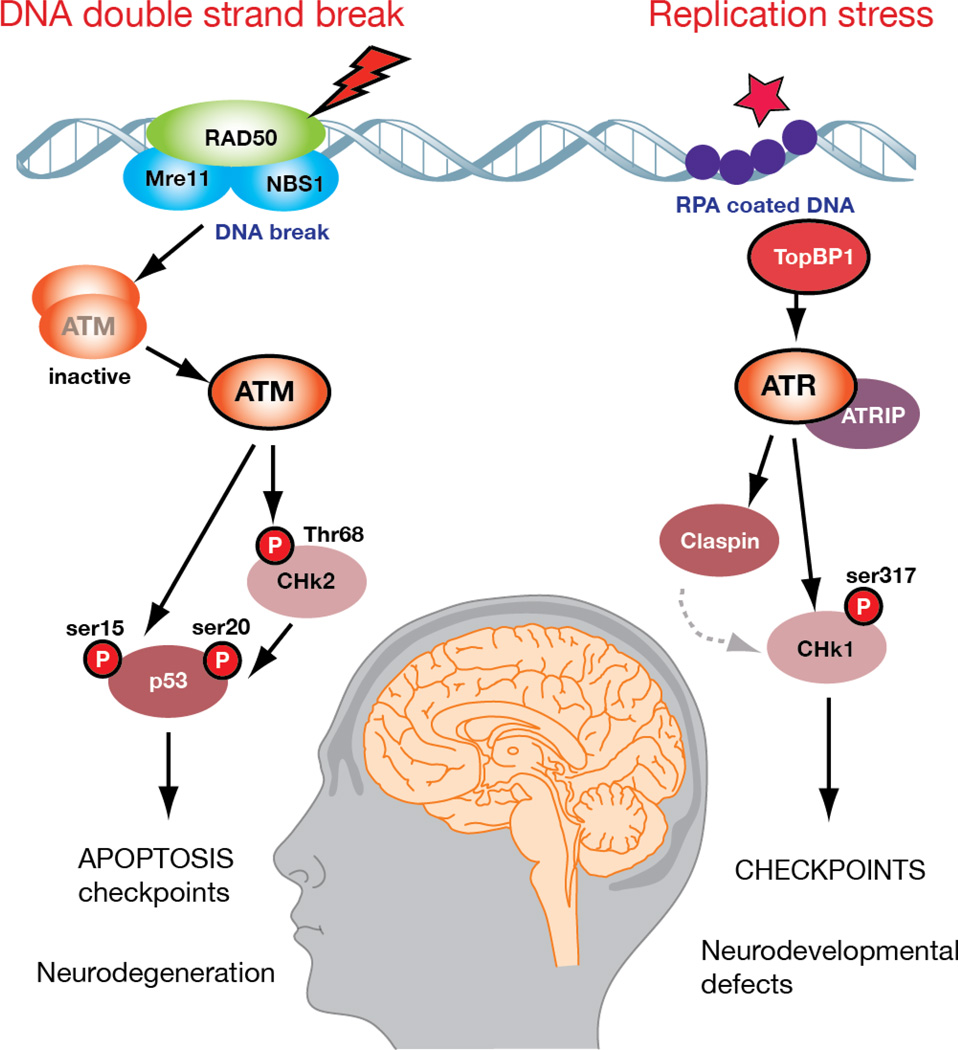Figure 2. DNA damage signaling in the nervous sytem involves ATM and ATR.
ATM (ataxia telangiectasia, mutated) and ATR (ATM and RAD3 related) are DNA damage-activated kinases that response to specific (and different) types of DNA lesions. ATM responds to DNA double strand breaks while ATR responds to replication protein A (RPA)-coated single strand DNA. In response to DNA damage ATM is activated by the MRN complex and is converted from an inactive dimer to an active kinase that phosphorylates numerous substrates including p53 and Chk2 to activate apoptosis, or to initiate cell cycle arrest. In contrast, inresponse to DNA damage during replication, ATR is activated by TopBP1 in an ATRIP-dependent manner to phosphorylate various substrates including Claspin and Chk1 which promote cell cycle checkpoint activation. Although functional interactions between ATM and ATR have been suggested, these two related kinases function largely independently in response to different types of DNA damage. Inactivation of ATM can lead to neurodegeneration, while hypomorphic mutation of ATR can lead to neurdevelopmental defects and ATR-Seckel syndrome.

